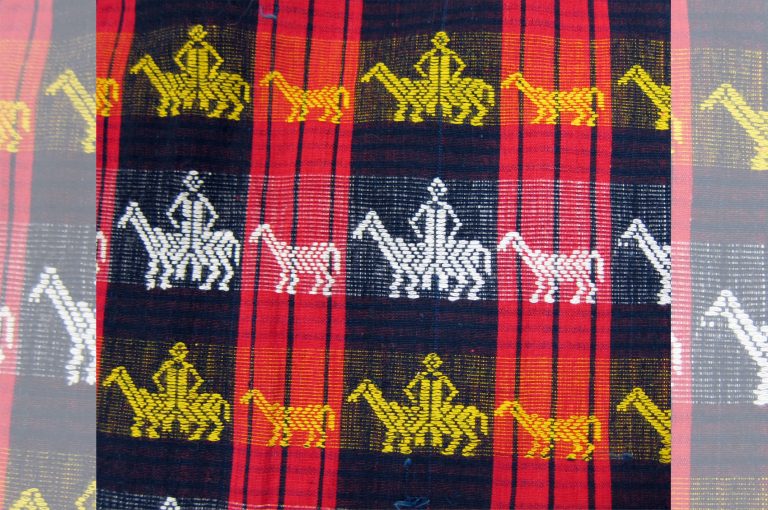Textiles from various Philippine indigenous groups have been selected from a private collection to highlight the aspects inherent to the creation and usage of the pieces. The quality, rarity, and condition of the selections make each of them outstanding, first, as ethnographic specimens, and, second, as objects of beauty and inspiration.
But analyzed and annotated by scholars and academics from different fields, these textiles become springboards for further study and analysis.
The Tausug pis yabit, the Yakan seputangan, and the Itneg pinilain and binakol show how weavers working in (what we, in the modern world, would call) difficult conditions have produced precise and meticulous designs that show an intuitive knowledge of mathematical symmetry.
Motifs and meanings are revealed and explained in a mandaya wrap skirt and an outstanding Itneg horse-and-rider blanket. While a set of bark cloth ritual textiles from the Gaddang show how textiles were instrumental in connecting to the world of magic and spirits.
Sophisticated methods of ornamentation are explored in the Maranao and Maguindanao malong, the Tausug kandit, and pieces from the Bagobo and Gaddang.
Indeed, woven universes—complex, mythic, and minute—exist in each of these masterpieces by anonymous Filipino master weavers.
